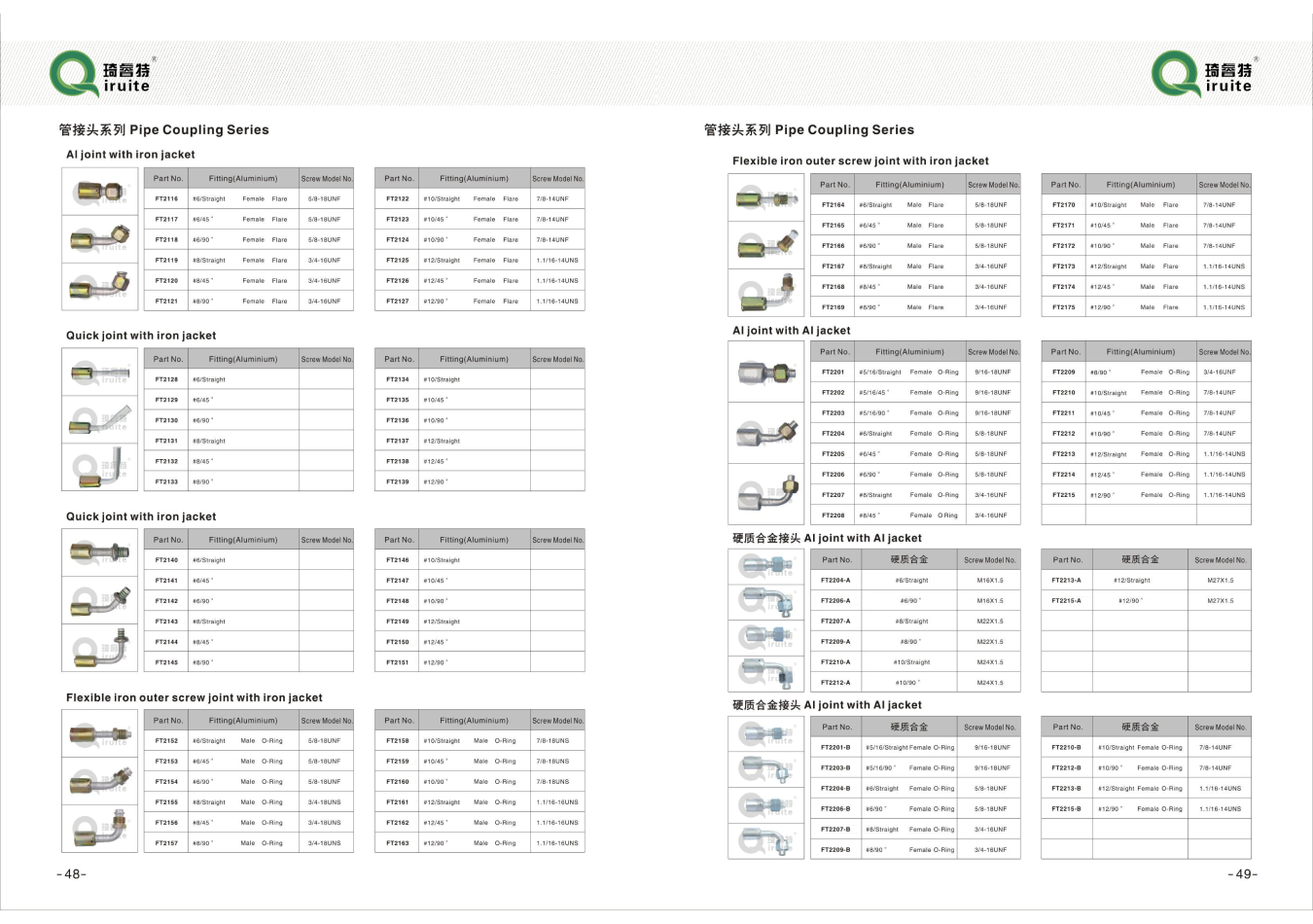brake line tubing
Understanding Brake Line Tubing Essential for Vehicle Safety
When it comes to automotive safety, the importance of a reliable braking system cannot be overstated. At the heart of this system lies the brake line tubing, a crucial component often overlooked during routine maintenance checks. This article delves into the significance of brake line tubing, its types, materials, and maintenance considerations.
What is Brake Line Tubing?
Brake line tubing refers to the pipework that carries brake fluid from the master cylinder to the brake calipers or wheel cylinders. This critical component ensures that when the driver presses the brake pedal, hydraulic pressure is transmitted effectively to activate the brakes. A well-functioning brake line is vital for the optimal performance of a vehicle's braking system.
Types of Brake Line Tubing
Brake line tubing comes in several types, mainly categorized based on their construction and the materials used
. The most common types include1. Steel Brake Lines Generally made from durable, corrosion-resistant steel, these lines are favored for their strength and ability to withstand high pressure. However, they can be susceptible to rust, especially in regions with harsh weather conditions or where road salt is used.
2. Copper-Nickel Brake Lines This type of tubing is gaining popularity due to its excellent resistance to corrosion and ease of bending. Copper-nickel brake lines do not rust and can be shaped to fit intricate spaces without the risk of kinking.
3. Plastic Brake Lines While not as common in standard vehicles, plastic tubing is utilized in some modern designs. They are lightweight and resistant to corrosion but may not withstand extreme temperatures or pressures as effectively as metal lines.
4. Braided Stainless Steel Brake Lines Often found in high-performance vehicles, these lines are designed to provide a responsive brake feel and withstand higher pressures than standard brake lines. The braided construction prevents expansion under pressure, supporting precise braking performance.
brake line tubing

Material Considerations
The choice of material for brake line tubing affects not only the durability and reliability of the brake system but also the overall performance of the vehicle. Steel lines offer strength but can corrode, while copper-nickel tubing provides prolonged service life. Owners should evaluate their vehicles' conditions, regional climate, and driving habits when choosing the right material.
Maintenance of Brake Line Tubing
Regular maintenance of brake line tubing is crucial for vehicle safety. Here are some essential maintenance tips
1. Visual Inspections Regularly inspect brake lines for signs of wear, corrosion, or damage. Look for leaks, especially in areas where the lines are exposed to the elements or subjected to road debris.
2. Brake Fluid Checks Monitor brake fluid levels and quality. Contaminated or low brake fluid can lead to brake failure and should be addressed immediately.
3. Professional Servicing It is advisable to have a qualified mechanic perform periodic inspections and necessary replacements. They can provide insights into the condition of brake lines and recommend appropriate actions.
4. Replacement If any signs of damage are found, it’s crucial to replace the affected tubing immediately. Delaying repairs can jeopardize the entire braking system and put drivers and passengers at risk.
Conclusion
Understanding the role and importance of brake line tubing is essential for every vehicle owner. Regular maintenance and timely replacements can prevent brake failures, ensuring safety on the road. Choosing the right type of brake line tubing based on your vehicle’s needs and driving conditions can enhance the performance and longevity of the braking system. Ultimately, prioritizing brake line care contributes significantly to overall road safety, a responsibility that every driver should take seriously.
-
Ultimate Spiral Protection for Hoses & CablesNewsJun.26,2025
-
The Ultimate Quick-Connect Solutions for Every NeedNewsJun.26,2025
-
SAE J1401 Brake Hose: Reliable Choice for Safe BrakingNewsJun.26,2025
-
Reliable J2064 A/C Hoses for Real-World Cooling NeedsNewsJun.26,2025
-
Heavy-Duty Sewer Jetting Hoses Built to LastNewsJun.26,2025
-
Fix Power Steering Tube Leaks Fast – Durable & Affordable SolutionNewsJun.26,2025

